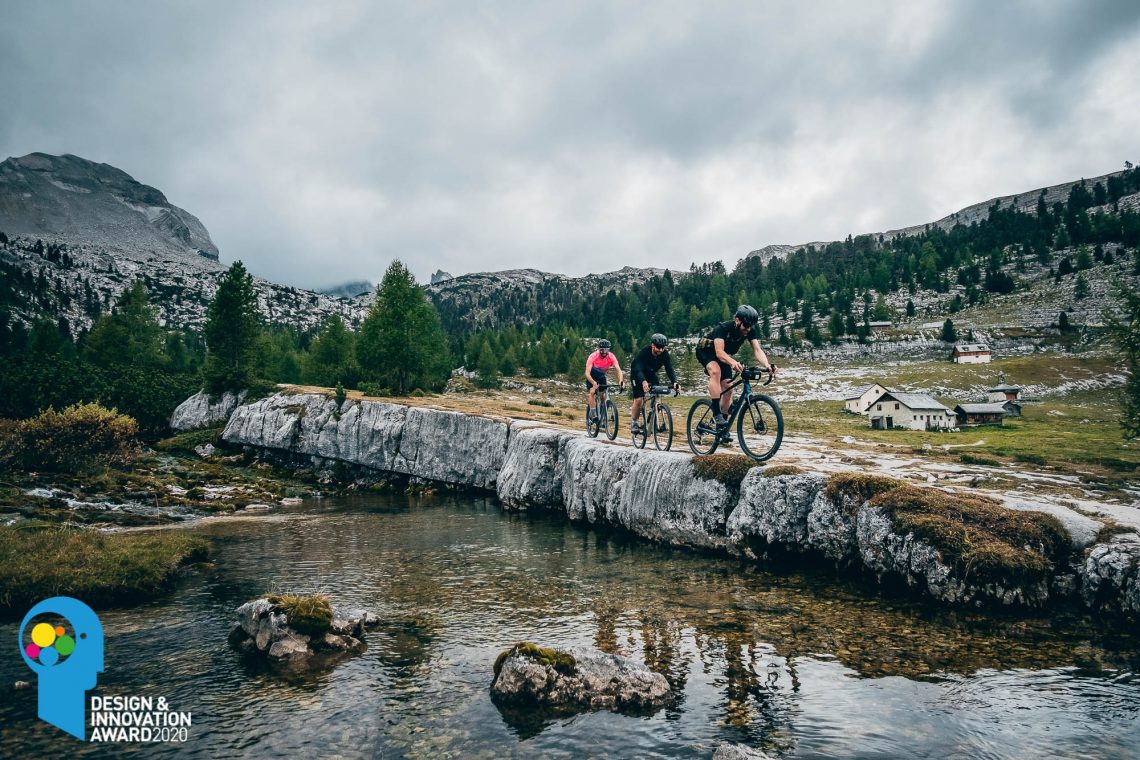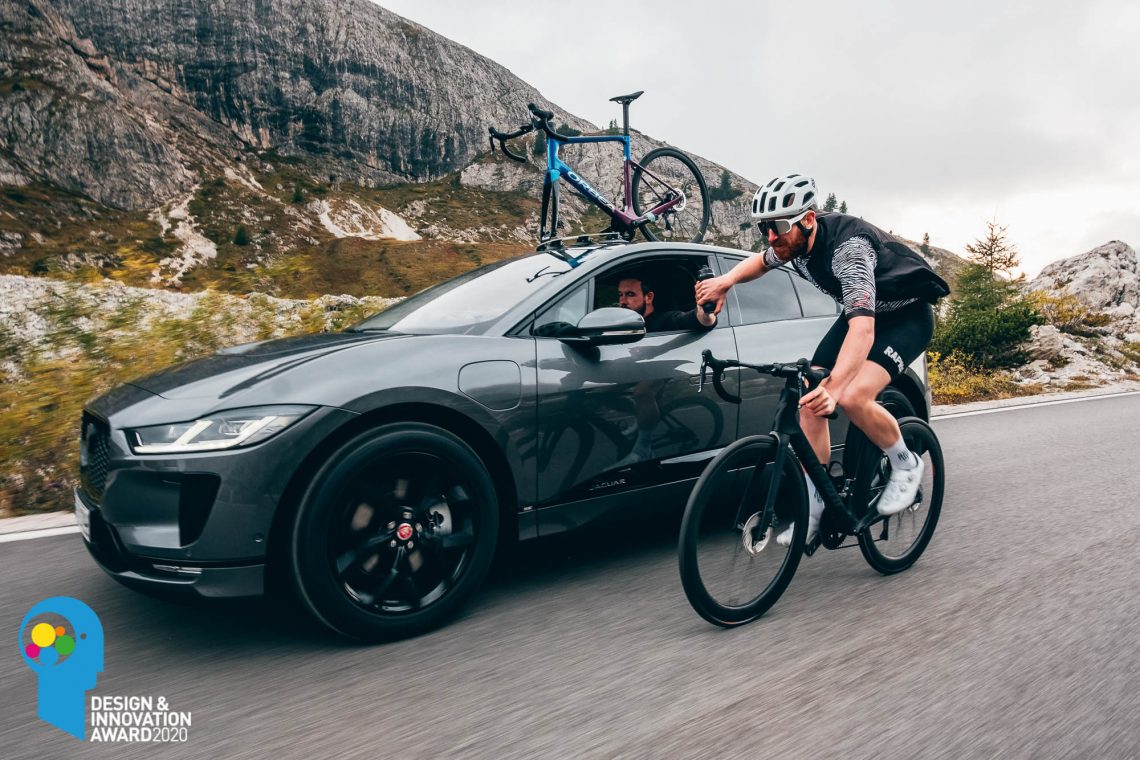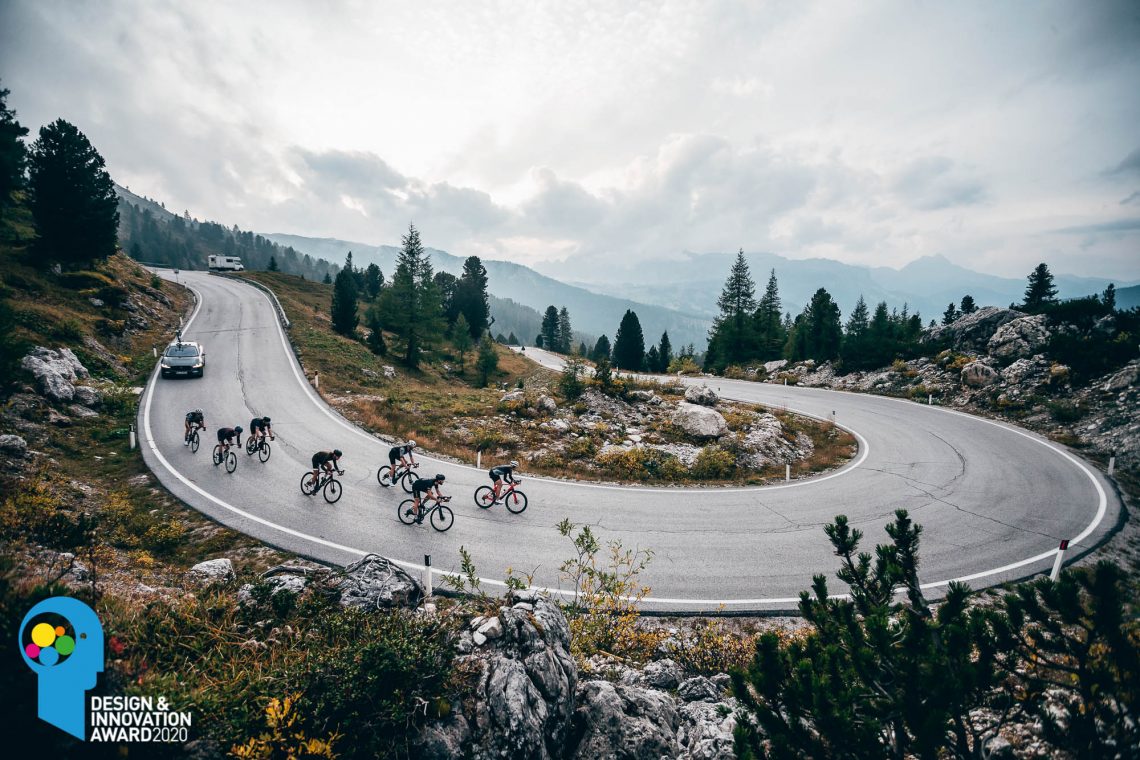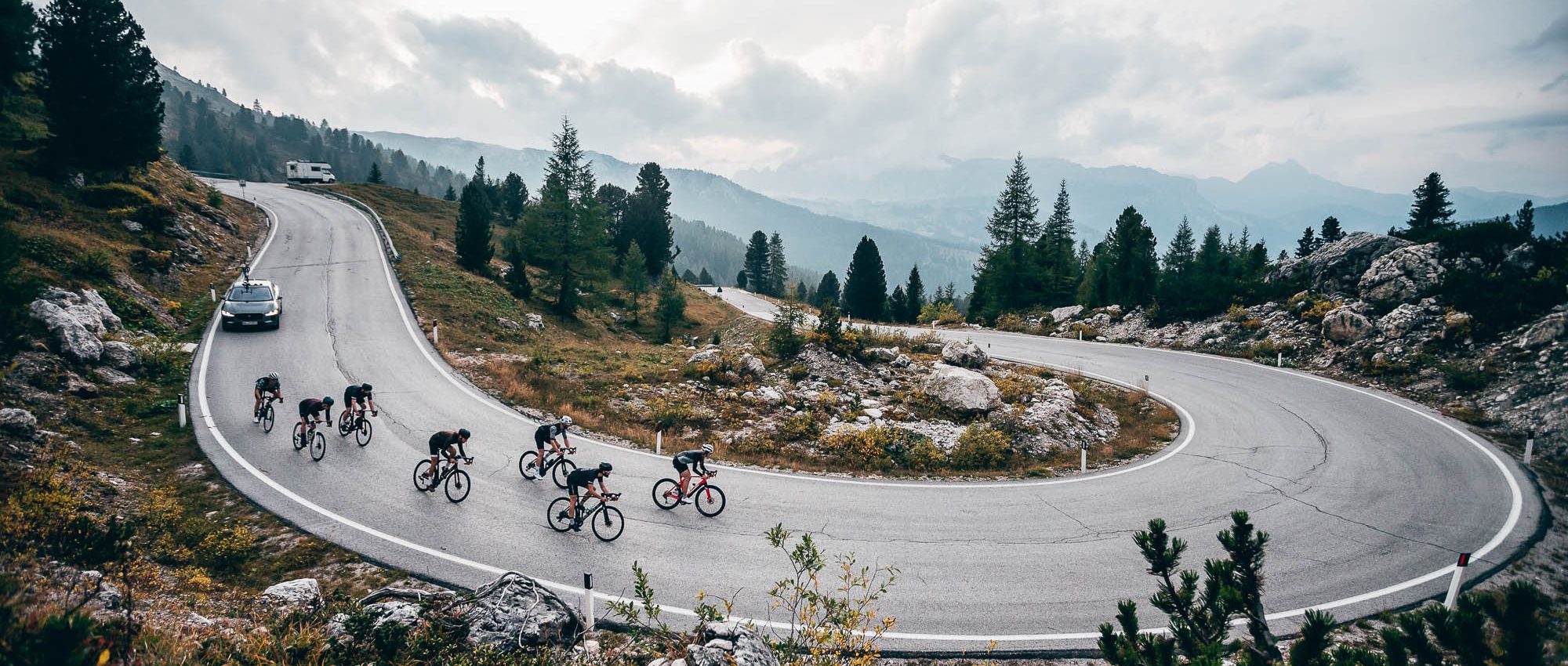The road bike sector is becoming more complicated: the boundaries between aero and endurance bikes are disappearing, mountain bike brands are getting into the mix with gravel bikes and many manufacturers now offer motorised E-road bikes in their portfolio. So what’s the right bike for you?

Ever more traffic and more risk and stress on the road has led to an increase in the popularity and versatility of the gravel bike sector. And rightly so! But developments aren’t limited to this part of the market. The search for the “perfect” road bike that can unify endurance and gravel bike concepts continues, while the addition of motorised E-road bikes creates more interesting categories but also makes the market even more complex. There is a huge array of options available to customers where they will be able to find their dream bike. It doesn’t matter what you’re aiming for – whether it’s your first Gran Fondo at 80 years old, a crossing of the Alps or leisure riding – the perfect bike is out there for everyone.
Gravel – there’s no reason not to own a gravel bike

It has become more and more apparent that in comparison to road bike manufacturers, mountain bike brands are often better at optimising their designs for the demands of gravel riding. That’s because an off-road bike is much more than just a frameset with drop bars that happens to have large enough clearances for voluminous tires. While that may make it possible to ride off the beaten track, it doesn’t automatically make a bike a good gravel machine. Anyone who ventures out onto gravel, bridleways or forest tracks will encounter unpredictable terrain and situations. To ensure that you stay composed and in control through variable ground and grip you need a more stable bike regardless of whether you are a gravel beginner, race bike veteran, everyday mountain biker or just riding for pleasure!
With the gravel bike market as versatile as it is, everyone should be able to find a model that suits them. But that doesn’t mean that every gravel bike is perfect for every rider. If you’re honest with yourself about how you want to use the bike and make conscious, considered buying decisions, you’ll gain access to a completely new way of riding.

If you spend 99% of your time off the road and like venturing deep into the unknown or want to dip your toes into mountain bike terrain, the OPEN WI.DE. offers a progressive concept matching your ambitions. It blurs boundaries and with it’s incredible off-road performance, is ready for all the hardcore riders out there! However, if gravel excursions are the exception rather than the rule and you’re looking for a comfortable bike that can take you from A to B on pretty much any terrain, then consider the Trek Domane SLR 9.

Electrifying road bikes

Many still view the development of E-road bikes critically and dismiss them as pensioners’ bikes. However, the fact is that this trend is still young with significant differences in designs. But there are already fundamentally different concepts emerging, from performance-oriented road bikes (with a handy built-in tailwind) to powerful machines with urban or trekking genes. Customers are faced with an ever larger choice of E-road bikes with different trends establishing themselves. Alongside bikes that are focussed purely on riding fun, there are also models suitable for ambitious riders who will appreciate the additional boost for their low-intensity base-training, as well as options that will let you happily master even the steepest mountain passes.
In the next season we anticipate the expansion of the E-gravel sector. Due to the lower average speeds of riders and the less performance-focussed riding, there may be significant value in these designs.


The perfect road bike for everyone
Over the last few years, progress in the construction and materials used for road bikes has resulted in a convergence of categories. While aero bikes have become lighter and more comfortable, endurance bikes have become more aerodynamically optimised. For next season’s bikes we predict that the industry will have made a significant step further towards the “perfect” road bike.
In addition, it seems clear that the era of super stiff and outrageously lightweight bikes has come to an end. Until the next material revolution, most manufacturers have found a happy place with bikes weighing between seven and eight kilograms. It has been shown that improved aerodynamics offers more benefit for most riders than the lightest possible bike. We think that manufacturers will put even more emphasis on the complete rider-bike system, rather than optimising the bike on its own. It’s no use if a bike is super aerodynamic but so uncomfortable that you can’t maintain an aerodynamic position on it, because you immediately lose all its purported benefits.

Be gone cables: the level of integration for new bikes will also increase. On the one hand, new construction techniques and improved material technology make it possible to manufacture more complex parts allowing cables to be routed completely internally. On the other, more and more manufacturers now offer their own custom made components for bikes, including wheels, seat post or cockpits. This allows performance to be optimised but also offers stiff competition to traditional third-party manufacturers. The road bikes of the future will be much less a collection of parts and much more a more cohesive, unified system.
You can find all the information on the awarded products here.




